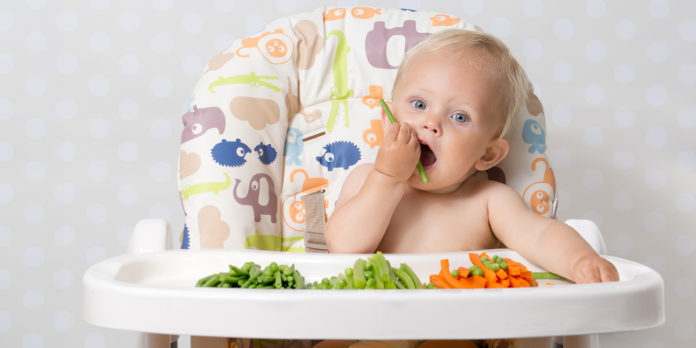Parents, carers and grandparents should work with teachers to help the most fussy eaters to eat healthy, varied diets during their preschool and early school years, nutritionists say.
New research from nutrition and dietetics experts at Flinders University has found the diets of young Australians face a big challenge once introduced to solid food.
Fear (‘neophobia’) of new foods once solids are introduced into a baby’s diet creates issues in the leadup to preschool and early school years when good nutrition is vital for healthy development.
Fussy eaters can lapse into bad eating habits that continue from 3-7 during important years for physical and learning development.
The new study on the dietary habits of children aged 1 to 5 years, shows Australian parents are breastfeeding to an average age of almost 12 months.
However, parents and carers often report difficulties when their babies are introduced to solids.
“Children who were more likely to reject unfamiliar foods, which is commonly perceived by parents as ‘fussy’ or ‘picky’ eating, have poorer diets,” says lead researcher Dr Lucinda Bell, an accredited practicing dietitian.
“This avoidance of new foods by children is a part of normal development. It is the normal reaction to the new experience of tasting foods for the first time.
“But some children have greater fear of new foods, which may be due to both nature and nurture.”
Flinders University Nutrition and Dietetics Associate Professor Rebecca Golley, will give an information session at Annesley Junior School this week, supporting the idea of schools, parents, caregivers and children working together for optimal results.
Associate Professor Golley will cover best practice feeding strategies, including the following tips to help children taste new foods:
- Set the bar low and be persistent: if children simply taste (even without swallowing) a food, after 10-15 (or more) ‘tastes’ they will be more likely to like that food.
- Continue providing your child with a variety of foods, even foods they’ve rejected
- Pair new foods with old favourites: providing children with a vegetable they like alongside a vegetable they’ve never tried before increases the chances of the new vegetable being tasted
- Be a role model: Dads have a key role to play here. The variety (or not) of healthy foods on dad’s plate influences what foods children are willing to eat
- Keep it light: sometimes food can become a tool used as children exert their independence. Simply taking uneaten food away, without comment, can be the best way to reduce mealtime battles.
- Feed children when they are hungry: stick to small snacks between meals, if children have eaten within the previous 1-2 hours, they are less likely to be hungry and willing to eat or try new foods.
- Phone apps such as Mealtime and PlanBuyCook can help prepare simple, healthy meals for young children. Meal kit services such as Hello Fresh also can facilitate healthy meal planning, so families do not rely on takeaway or other less healthy options.
The Flinders Nutrition and Dietetics is seeking participants in its new Parents Food Choice Study for parents of 3-7 year olds. The online study is seeking input into what things are important to parents when choosing what foods or drinks they give to their children.
(Source: Flinders University)











